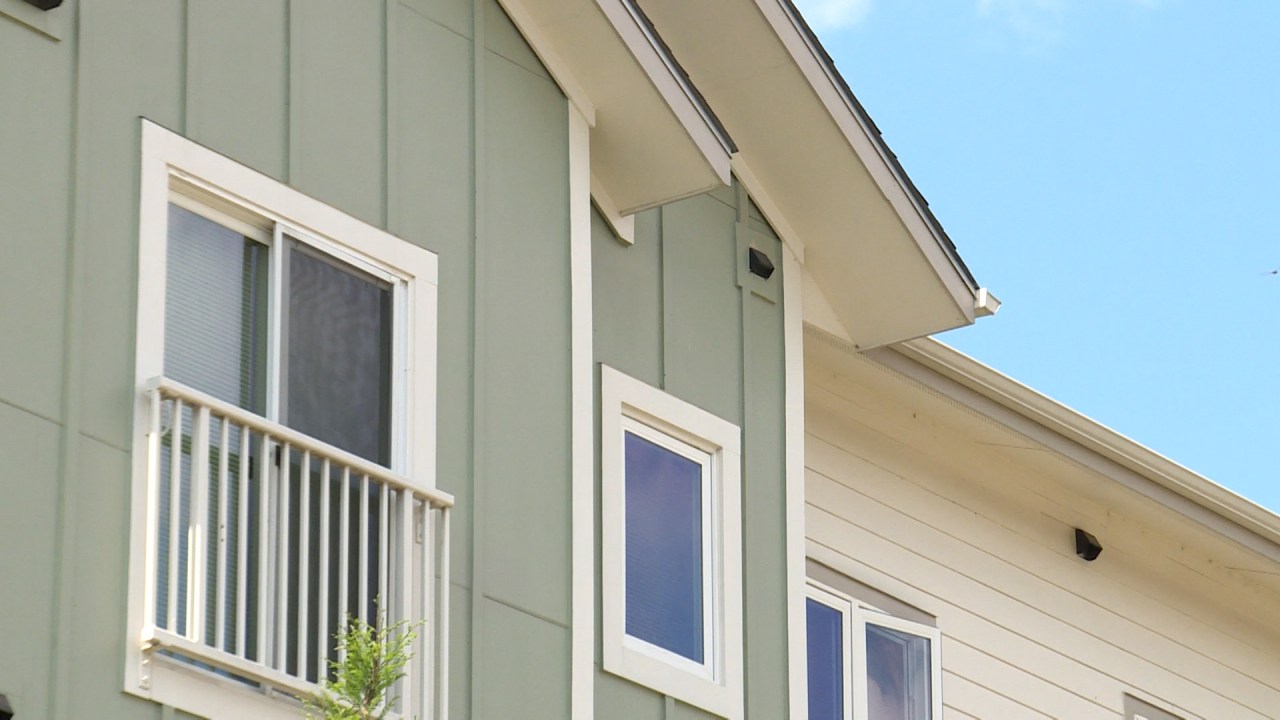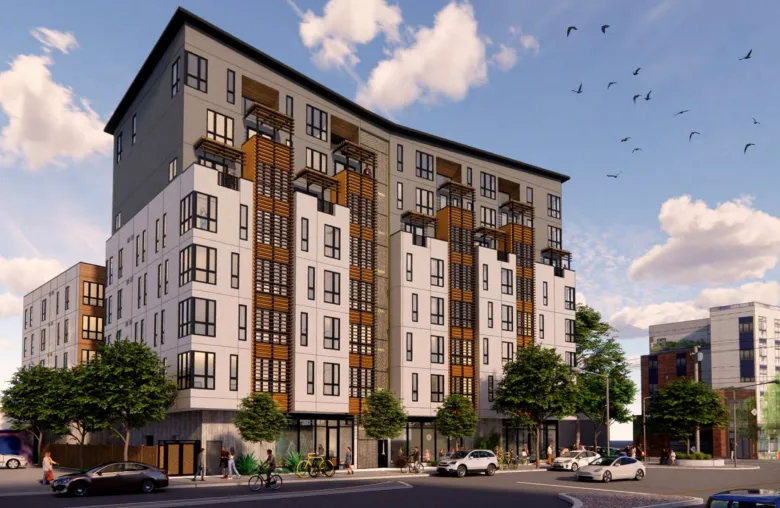When I was running for office last year, I knocked on doors in every neighborhood of East Palo Alto. One of the most memorable conversations I had was with a Guatemalan woman in the Gardens. Her family had lived in the same house for over ten years, during which the rent had doubled while the landlord provided minimal maintenance. Her sister and kids had moved in to help share the financial burden. The problem, she explained, was simple: there were no other affordable options.
"Hay mucha demanda y poca oferta," she said in Spanish. In English, that means: "There is a huge amount of demand, and very little supply."
This is basic economics, and it's obvious that we have a housing shortage to anyone living in East Palo Alto with their eyes open. The root cause of our housing crisis is that we, and other cities in the region, have not built enough housing to meet immense demand. We can’t keep doing the same things and expect better results – we need to change our failed housing strategy.
Stating the obvious: EPA is in a very key location, in the golden triangle between Stanford, Meta, and Google. Demand for housing is extremely high: this is literally the most vibrant economic zone on the planet, and we have hardly built any new housing in the last 20 years. We have a 1980's housing supply that does not meet the housing needs of 2025 East Palo Alto. While there are many things beyond our local control (interest rates, tariffs, regional labor costs, federal tax policy), we should change the policies that we can to spur more housing production.

Some in EPA have claimed that building new housing leads to displacement, but in fact the opposite is true: building new housing creates more options for residents and lessens displacement. If enough housing is built, rents will even decrease as the market corrects to increased supply.


East Palo Alto has pursued the exact opposite strategy of increasing housing production to meet the demand. Instead of building new housing, our City Council has slowed up projects with endless meetings, increased fees dramatically on new housing, and in general had staff that is openly hostile to new housing production unless it is subsidized housing for low income residents. This has resulted in little investment in EPA, and hardly any market rate housing production. The overwhelming majority of EPA residents live in market rate housing, so this is not a good strategy if we want to meet the needs of the community.
Our RHNA numbers reflect this - we only hit 10.5% of market rate housing production in the last cycle, from 2015-2022.
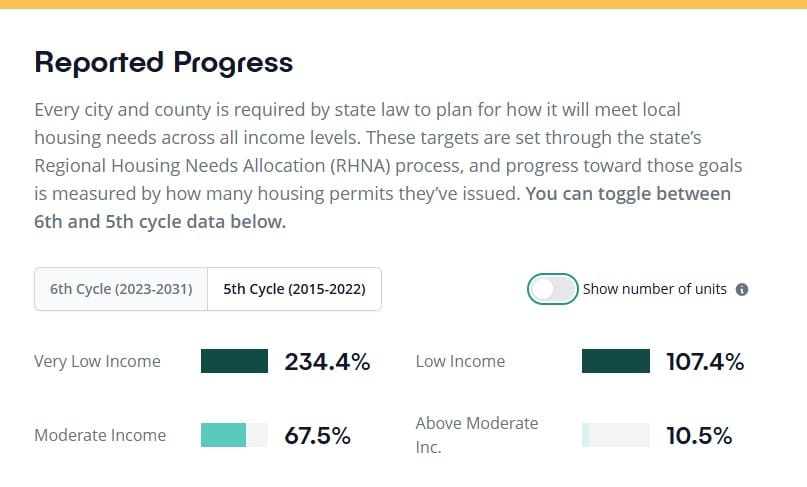
To address this housing shortage and start building much-needed housing, East Palo Alto must enact several key reforms:
- Legalize Apartments: It is currently illegal to build apartments in most parts of the city. We need to allow for duplexes, triplexes, and apartment buildings, both large and small, in more neighborhoods. Our current code prohibits apartment buildings on many large, empty lots. Shouldn't we prefer an apartment building on a one-acre lot instead of six single-family homes that cost over $2 million each? If you look at the map below, it is illegal to build apartments in all the light yellow areas - including many large lots that would easily accomodate apartments.
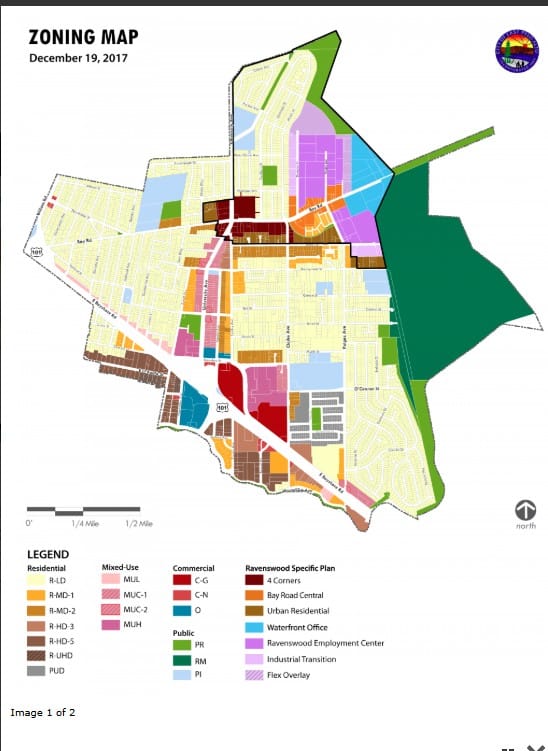
- End the Inclusionary Housing Ordinance: EPA’s Inclusionary Housing Policy requires that private developers subsidize low income housing. This policy has produced only two subsidized units in six years, making it an undeniable failure. Today's high interest rates, material costs, and labor expenses make its requirements infeasible. It has become a tax on development, often used by opponents to block new market-rate housing. The choice isn't between getting 25% of units for low-income residents; it's between getting some housing built or getting none at all. There are other ways to produce subsidized housing for low income residents other than taxing new development and we should look at JJ, HH and other taxes to do so.
Emily Hamilton has studied Inclusionary Housing (called Inclusionary Zoning in other cities) and determined that it can act as a big drag on housing production - which leads to higher rents and less options for residents:
- Eliminate Parking Minimums: Eliminating or lowering parking requirements is an easy win for housing. Parking is incredibly expensive to build, and developers will naturally include as much parking as is needed. By removing the city's mandate, we can also give residents the option of paying less rent to live car-free, which is very possible in East Palo Alto. Most developments will include ample parking as an amenity for residents, and new developments will continue to include parking. Letting developers decide how much parking to provide - not city bureaucrats - is the best policy. Parking requirements from cities often wildly overestimates the amount of parking needed. Parking minimum reform must be paired with robust parking enforcement and a residential parking permit system.

- Justify Development Fees: We must ensure that fees for new housing projects are fair and reasonable. These fees should not be viewed as a way to solve all of our long-standing infrastructure problems, such as issues with water pipes and sewer lines. Excessive fees will stop development and we need to make sure EPA is not overcharging new developments and effectively blocking new development.
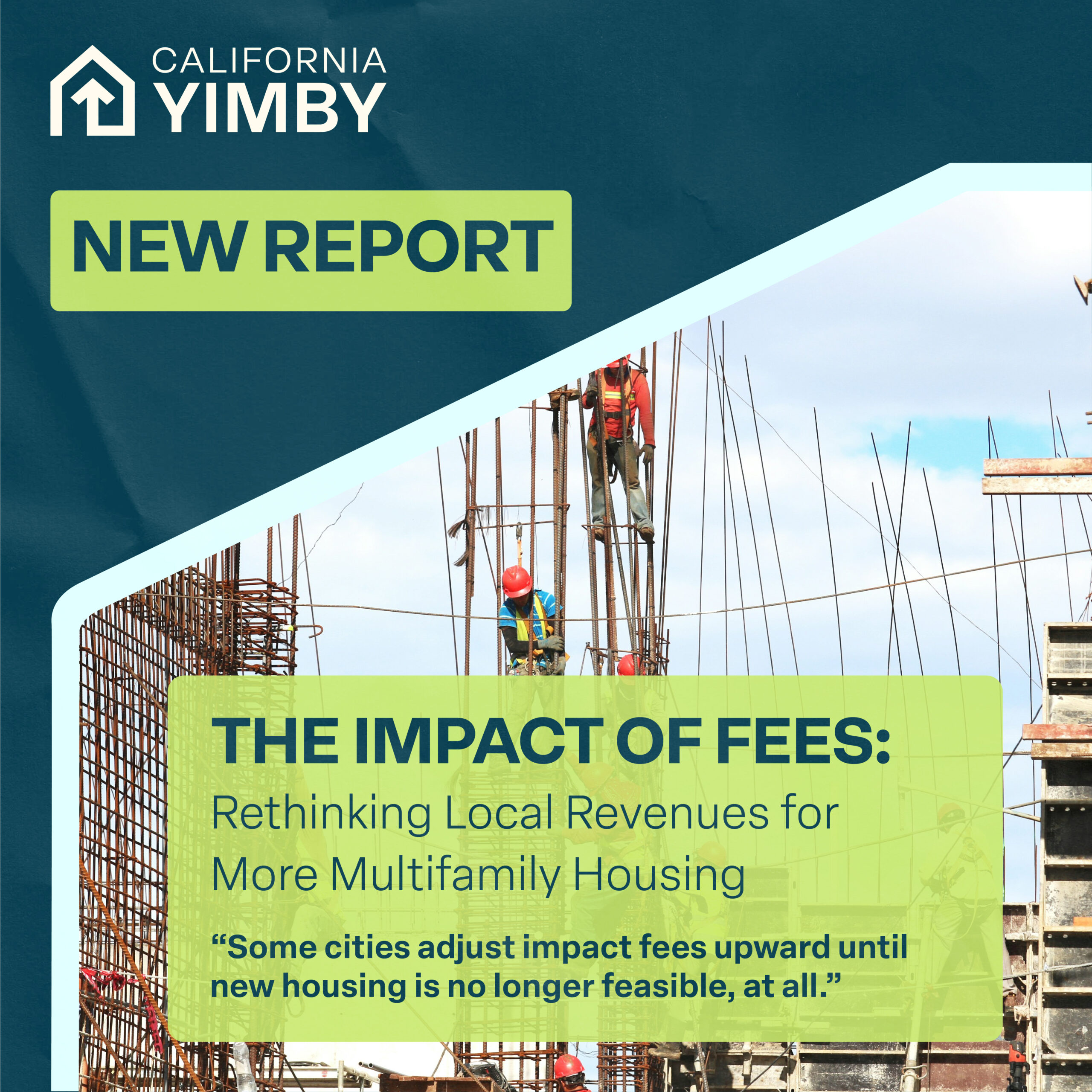
- Increase Height Limits: We should welcome taller apartment buildings to meet the needs of our current and future residents. We need to increase our Floor Area Ratios (FAR) and look at what successful cities like Seattle and Austin have done to address their housing shortages. We may not want tall buildings in every neighborhood, but there are certainly many large lots in EPA that can easily accommodate 6 story apartment buildings. We can look at FAR of 2.0 in residential neighborhoods where small apartments buildings would be appropriate, and higher FARs in other areas where taller buildings make sense.
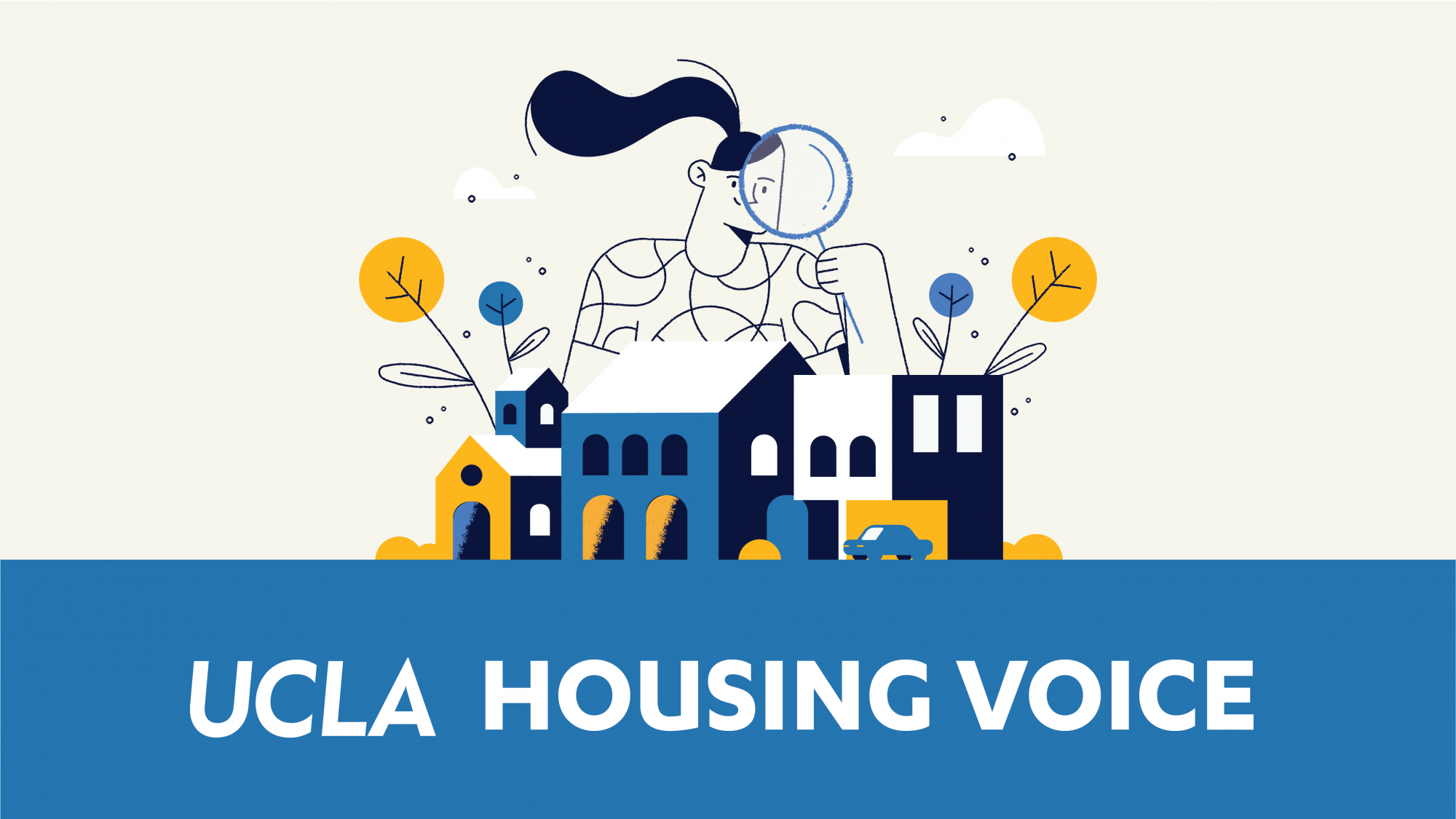
- Legalize Single Room Occupancy (SRO) Housing: East Palo Alto and neighboring communities have made it illegal to build SROs, which are naturally affordable. They provide small, single rooms for residents, often with shared bathrooms and kitchens, and are far superior to the current reality of overcrowded single-family homes and illegally converted sheds and garages. We should legalize SRO housing in EPA and provide safe, naturally affordable housing. I lived in a YMCA - SRO housing - in college for a year and can attest that my room was safe, comfortable, and provided housing for over 400 people on its 14 floors.

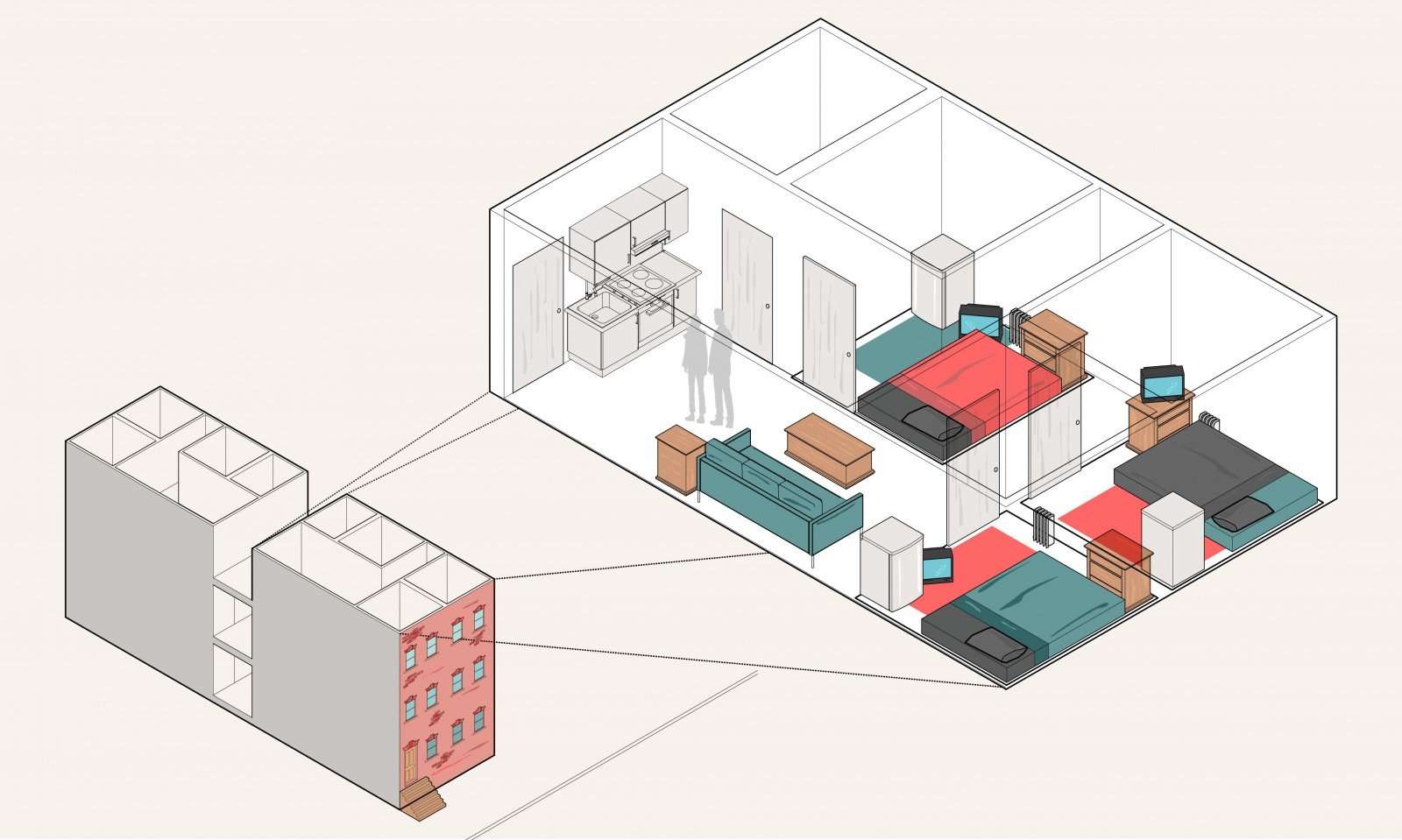
- Legalize Single-Staircase Apartment Buildings: Single-staircase buildings allow for more units in a smaller footprint. While they are common in Latin America and Europe, current U.S. building requirements make them infeasible here. Modern single-staircase buildings are just as safe as their double-staircase counterparts, thanks to technological improvements like sprinklers.
